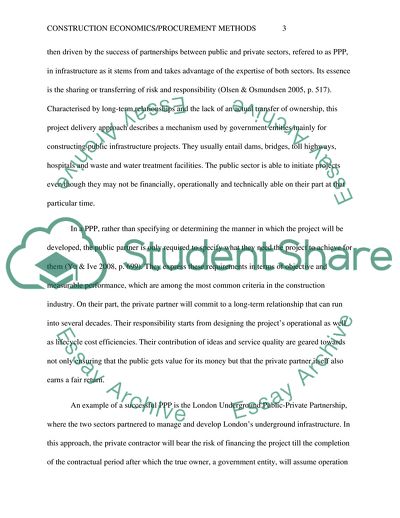Cite this document
(Construction Economics and Procurement Methods Case Study Example | Topics and Well Written Essays - 2000 words, n.d.)
Construction Economics and Procurement Methods Case Study Example | Topics and Well Written Essays - 2000 words. https://studentshare.org/engineering-and-construction/1848412-construction-economics-procurement-methods
Construction Economics and Procurement Methods Case Study Example | Topics and Well Written Essays - 2000 words. https://studentshare.org/engineering-and-construction/1848412-construction-economics-procurement-methods
(Construction Economics and Procurement Methods Case Study Example | Topics and Well Written Essays - 2000 Words)
Construction Economics and Procurement Methods Case Study Example | Topics and Well Written Essays - 2000 Words. https://studentshare.org/engineering-and-construction/1848412-construction-economics-procurement-methods.
Construction Economics and Procurement Methods Case Study Example | Topics and Well Written Essays - 2000 Words. https://studentshare.org/engineering-and-construction/1848412-construction-economics-procurement-methods.
“Construction Economics and Procurement Methods Case Study Example | Topics and Well Written Essays - 2000 Words”. https://studentshare.org/engineering-and-construction/1848412-construction-economics-procurement-methods.


